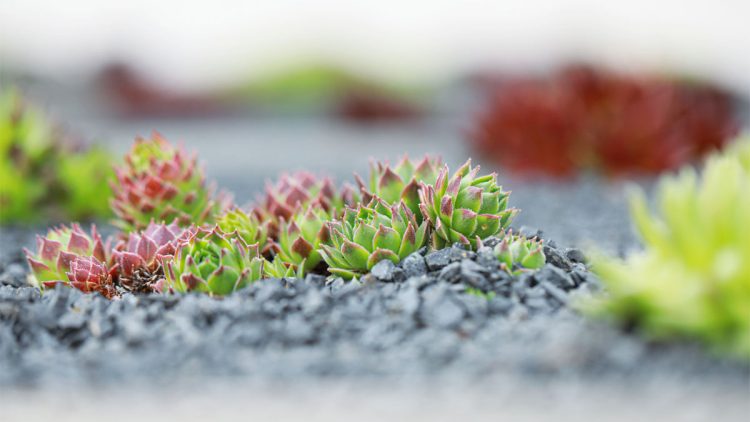Principles of Xeriscaping
From water savings to the reduction of pollution, it can be an inexpensive way to beautify your neighborhood, particularly in drier areas. What are the principles of xeriscaping? Xeriscaping was conceived by Denver Water in the beginning of the 80’s by merging the word “landscape” with the word “xero” which means dry. It’s not a surprise that this idea came to life in Denver, as it is a very arid region that has no freshwater access, making irrigation a lot more costly and wasteful than in other areas.
Denver Water not only conceived the term but created a list of principles of landscaping to help others throughout the world accept xeriscaping. Below are the primary principles of xeriscaping:
1). Strategize and design for smarter water use
Prior to you planting anything, identify the water resource for your xeriscape and how to use them appropriately. You are also going to want to take into consideration your budget, its function, its aesthetics, and anticipated maintenance.
2). Strengthen soil quality
Quality soil preserves moisture, in which promotes plant growth. Mixing organic matter into your soil can help improve its quality. Nevertheless, you need to understand the type of soil that is going to help plants in your region flourish. Many native plants don’t need much organic matter, whereas others could drown in soil that holds too much moisture.
3). Decrease turf and other water-consuming plants
The main objective of xeriscaping is to decrease water waste, meaning decreasing the size of lawns. Consider replacing lawns with drought-tolerant grasses that’s ideally suited for your area. You can also replace all or a portion of your lawn with low-water ground-covers that are drought-tolerant and need little to no fertilizer.
4). Choose the correct plants
Select plants that are drought resilient, but also have tasteful appeal. Choose plants that are native to your area or thrive in your kind of climate. It’s suggested that you select a good mixture of plants at different heights that bloom during the year. Don’t forget that various plants require various amounts of sunlight, so plant adequately.
5). Water efficiently
Sorry, xeriscaping does not mean you are never going to have to water again. Nevertheless, it does strive to guarantee you water sensibly and by no means overwater. Select drip irrigation systems that directly water the roots and stay away wasteful sprinklers that leave excessive water on sidewalks and/ or streets. Strive to water your plants deep at their roots and do so intermittently to help them establish long, healthy drought-resilient root systems.
6). Mulch
It is suggested that you use 2 to 3 inches of all-natural mulch. This helps prevent evaporation and hinders weed growth. It’s also a way to enhance the beauty of your landscape.
7). Maintain your landscape
When you do the proper amount of research and planning, you are going to end up with an attractive, low-maintenance landscape. However, even xeriscape landscaping still requires some maintenance. Pulling weeds, pruning shrubs and trees, raking, and replacing mulch as needed
Phoenix Valley Xeriscape Design & Installation
Desert Foothills Gardens, Inc. has a team of award winning landscape design specialists that are professionals in Xeriscape landscaping. We will help you design a visually impressive, low maintenance, low water use Xeriscape that will bring unmistakable beauty to your residential or commercial property. If you have any questions or are looking to get started please stop by or give us a call today.
Call Us Today At – (480) 488-9455

